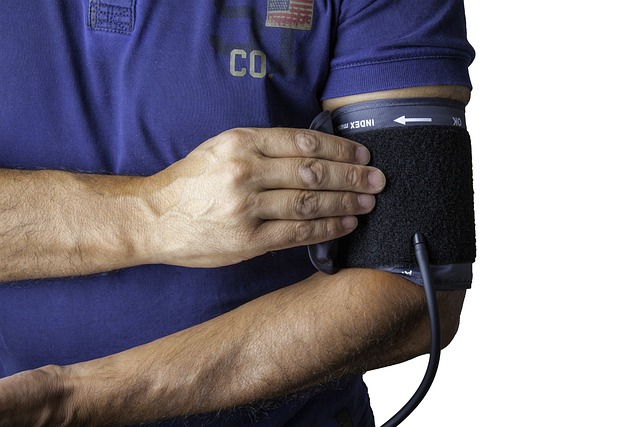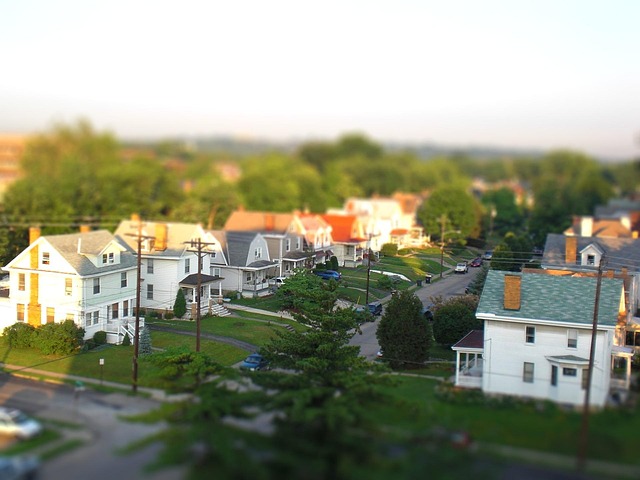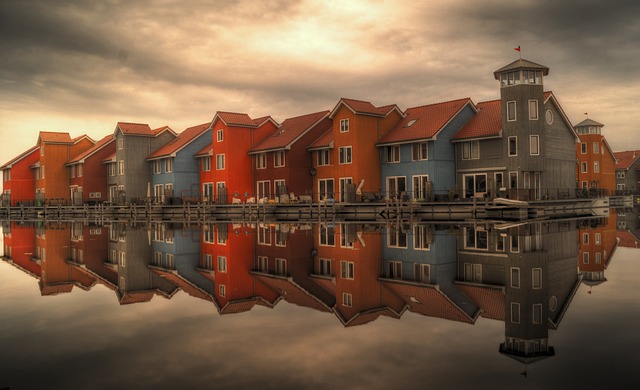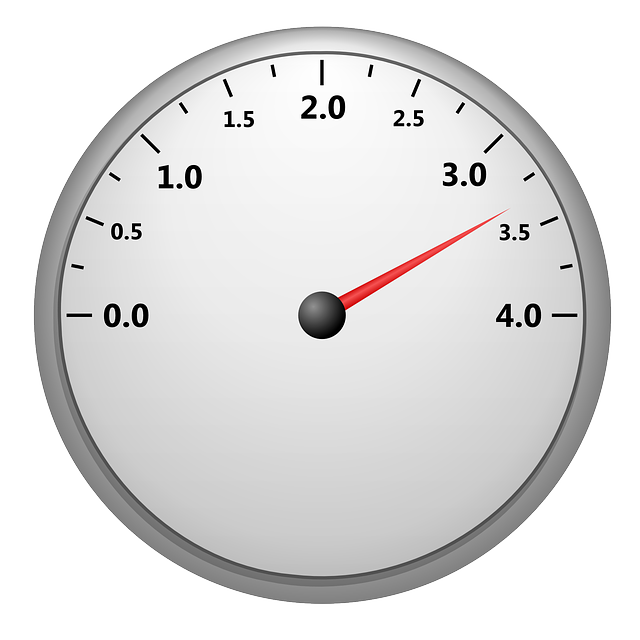Before attempting DIY solutions, understand your home's water pressure system by locating the main shut-off valve and pressure regulator. Inspect for leaks, blockages, or corrosion in visible pipes and fixtures, addressing any issues for optimal water flow and increased pressure throughout your home. Regularly maintain your system to prevent future problems and ensure consistent, strong water pressure at all fixtures.
Struggling with low water pressure in your home? Don’t call a plumber just yet. This guide teaches you how to boost water pressure without professional help. We’ll walk you through assessing your home’s pressure system, from identifying leaks and blockages to simple DIY solutions like cleaning aerators or installing a water pressure regulator. Learn these steps and reclaim strong, consistent water flow throughout your home.
- Assess Your Home's Water Pressure System
- – Understanding the basic components of your water pressure system
- – Checking for leaks and blockages in visible pipes and fixtures
Assess Your Home's Water Pressure System

Before attempting any DIY solutions, it’s crucial to understand your home’s water pressure system. Different homes have varying pressure regulators and plumbing setups, so a thorough assessment is key. Start by identifying where your main water shut-off valve is located—this is often near the water meter or in a utility room. Check if you have a pressure regulator, usually found between the main valve and the distribution pipes. These devices control the water pressure throughout your home. Understanding these components will help you choose the right methods to increase your water pressure effectively.
Inspecting these parts allows you to gauge the current state of your system and determine whether any adjustments or repairs are needed. For instance, if your pressure regulator is faulty, it may be preventing optimal pressure from reaching every faucet and appliance in your home. By addressing these issues, you can lay a solid foundation for enhancing water pressure without calling a plumber immediately.
– Understanding the basic components of your water pressure system

Your home’s water pressure system is comprised of several key components working together to deliver water at a suitable force for everyday use. At its core, a water pressure system includes a main water line connecting your house to the municipal supply, along with a pressure regulator and various pipes branching off to different fixtures like faucets and showers. Understanding these elements is crucial when aiming to increase water pressure without professional intervention.
The pressure regulator, often located near the main water meter, plays a vital role in maintaining consistent water pressure throughout your home. By adjusting this component, you can directly influence the flow of water and, consequently, the pressure at individual fixtures. If your pressure is too low, it may be as simple as tightening connections or replacing an outdated regulator to enhance water pressure across your entire home.
– Checking for leaks and blockages in visible pipes and fixtures

Checking for leaks and blockages in visible pipes and fixtures is a crucial step in boosting your home’s water pressure. Start by inspecting faucets and showerheads for any signs of dripping or wet areas around the base. Even small leaks can significantly reduce water pressure, so addressing these issues early on can make a big difference. Next, look for blockages in pipes leading to appliances like dishwashers, washing machines, or water heaters. These obstructions could be caused by mineral buildup, debris, or even corroded pipes. Regular cleaning or replacement of affected components can help maintain smooth water flow throughout your home, ensuring optimal pressure at every faucet and appliance.
